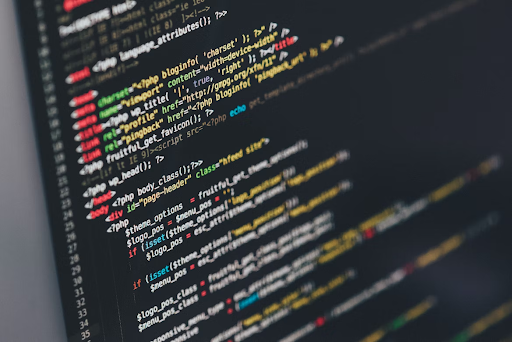
Python continues to shine as a language known for its versatility and readability in the expansive universe of coding and blockchain technologies. One of the numerous powerful libraries that Python boasts is web3 py. This potent tool, coupled with the extensive capabilities of Python, leads to the creation of robust, secure, and decentralized applications. Read on to delve into the incredible world of decentralized applications (DApps) built with Python and Python Web3.
Understanding Web3.py: A Powerful Tool for Blockchain Interaction
It is a Python library that offers a set of protocols for interaction with Ethereum, one of the major blockchain platforms. It includes several powerful features that simplify creating, deploying, and interacting with smart contracts on the Ethereum blockchain. It’s crucial to highlight that the web3 library for Python is not exclusive to experienced developers; newcomers in the field will also appreciate its intuitive interface and straightforward functionality.
Building Blocks of Decentralized Applications
To harness the power of the web3 library for Python effectively, understanding the underlying building blocks of decentralized applications is imperative. DApps comprise three main components: smart contracts, decentralized storage, and decentralized communication.
- Smart Contracts: These are self-executing with the terms of the agreement being directly written into code. They enable transactions and agreement enforcement without needing intermediaries.
- Decentralized Storage: DApps store data across multiple nodes in a distributed network rather than a central server. This guarantees data integrity and reduces vulnerability to attacks.
- Decentralized Communication: This allows communication between DApps and ensures seamless and secure data transfer across the network.
Constructing DApps Using Python and Web3.py
When it comes to crafting DApps, Python, with its straightforward syntax and extensive support libraries, is a preferred language. Coupling Python with its power transforms the experience of developing DApps.
To interact with Ethereum smart contracts using the web3 library for Python, developers need to connect to an Ethereum node. This is achieved by initializing a Web3 instance with the address of the Ethereum node. With this connection, developers can easily call functions on smart contracts, send transactions, check balances, and perform many other tasks.
Deployment of smart contracts using the web3 library for Python is an equally straightforward process. After writing the smart contract in Solidity, the contract is compiled, and the web3 library for Python is used to deploy it to the Ethereum blockchain.
The Edge Offered by Python and Web3.py
Python’s syntax simplicity combined with web3 power enhances the development experience of DApps. The rich set of tools provided by Web3 allows developers to interact with the Ethereum blockchain seamlessly. Additionally, the support for asynchronous requests in web3 enables faster data fetching, reducing the time required to interact with the blockchain.
Python’s powerful data processing capabilities and its broad range of libraries, including Pandas and NumPy, make it an excellent choice for data analysis in blockchain applications. The analytics power of Python combined with the web3 library for Python blockchain interaction capabilities creates a potent combination for developing DApps.
Decoding Practical Applications in DApps Development
Beyond the basic functionality, its practical uses in DApp development are manifold. This powerful Python library finds extensive applications in decentralized finance (DeFi) projects. As the financial sector moves towards decentralized systems, the Web3 library for Python is an important tool for developers to create and interact with smart financial contracts on the Ethereum blockchain.
In conclusion, Web3.py is a highly powerful tool that simplifies the complex task of developing, deploying, and interacting with DApps. Paired with Python, the possibilities of what can be created in the decentralized world become virtually limitless. Embracing the potential can significantly enhance decentralized applications’ efficiency, security, and usability, making them an unmissable asset in the blockchain technology toolkit.
Interesting Related Article: “What are Python data types?“
